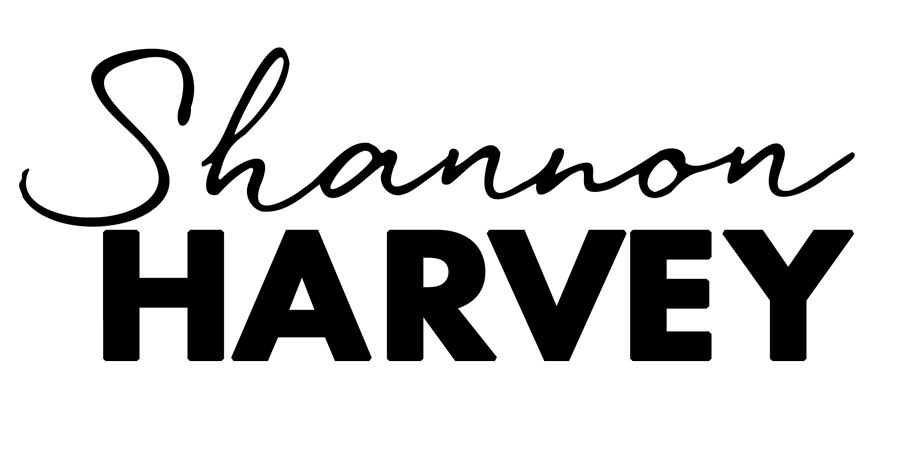
Last weekend I found myself standing up in front of an audience of about 1000 people delivering a 20-minute talk, without notes. Big stage. Bright lights. 2000 eyes and ears. Among some of my fellow speakers at the event were world-leading researchers and experts on health and wellbeing for whom I have enormous admiration. Cripes. Just writing these words has awakened the butterflies in my stomach. I was speaking at the Happiness and It’s Causes Conference and despite having done a lot of public speaking previously, in the week leading up to the talk I was still really really really nervous.
Given that I was diagnosed with an autoimmune disease that can flare up during times of high stress, you might think that this is the exact kind of situation I would seek to avoid. All that adrenaline and cortisol that floods the human body when the fight or flight stress response kicks in, surely it can’t be good. Right? Wrong. While headlines which declare “Stress May Be the Worst Killer of the Modern Era” make us believe that all stress is bad, the latest research proves this to be far from the case. In fact, it’s largely been forgotten that the father of our modern scientific understanding of stress, Hans Selye actually distinguished between two kinds of stress - Eustress (coming from the Greek root eu which means good, as in euphoria) and Distress (stemming from the Latin root dis as in disease or disabled. Eustress is when a person perceives a stressor as positive. It warns us and motivates us to rapidly adapt. Disstress on the other is negative and occurs when a demand vastly exceeds a person’s capabilities.
Given that it’s recently been revealed that much of Selye’s research was supported by the Big Tobacco, which in the late 1960s and 1970s was searching for ways to dilute the body of evidence against smoking and blame disease on anything other than cigarettes, and given that Selye publicly emphasized the dangers of stress to argue the benefits of smoking as a stress reliever, we start to see how the foundation of our perception of stress as a dangerous villain was laid in the popular media. Thankfully, modern researchers are now taking advantage of developments in new technology to look more closely at the human stress response and the results are well and truly busting the Selye/Big Tobacco myth.
The nerves I felt in the lead up to my talk got me thinking about one study in particular that was done by leading mind-body-stress researcher Wendy Berry Mendes who’s a Professor at the University of California, San Francisco. In the study Mendes’ made people do the two tasks many of us fear the most - public speaking and mental arithmetic. People had to perform an impromptu, five-minute speech about their personal strengths and weaknesses in front of a camera and a panel of hostile evaluators who gave negative feedback like furrowed brows, crossed arms and frowning. They then had to complete a mathematics task, counting backwards by seven from 996, all the while being interrupted and told things like ‘you’re not very good are you’ and ‘other people seem to be able to do this.’
This task is called the Trier Social Stress Test and in the last 15 years it’s been shown to raise the stress hormones cortisol by up to 300 percent. In Mendes’ version of the test, participants were randomly assigned to one of three conditions. One group was given false information that the best way to deal with stress is to try to ignore it. Another group was told about the human challenge response and instructed to see their stress as positive, functional and adaptive, giving them more blood to their heart and brain, which would help them perform better. A control group was given no specific instructions. Mendes measured the stress response of participants during the experiment including their cardiovascular reactivity and cognitive functioning and the results were fascinating. The people in the stress is good group not only reported feeling they were better equipped to handle the task, but they also responded on a physiological level. They still had stress hormones and a fast heart rat but their physiology was more efficient. Their hearts pumped out more blood with each beat and they had less blood vessel constriction. In other words - reframing their beliefs about the stressful situation had shifted their physiological response in positive ways. Their body responded to what their mind believed. Studies like this contributes to a growing body of scientific literature which demonstrates that when we believe we have enough resources to cope with the stressors in our lives, we experience a challenge response but when circumstances are seen as exceeding our resources, we have a threat response. One study showed that if doctors in an emergency room perceived a trauma resuscitation situation as a ‘threatening’ task where the demands outweighed their resources, they had higher levels of cortisol than if they perceived that same situation as a ‘challenge’ in which they had the ability to cope. In other words, the way we perceive the situation makes all the difference and it’s likely this applies to many kinds of circumstances in life whether you’re sitting an exam, negotiating a deal, or competing in an athletic event.
 As for my own public speaking challenge last Saturday, in the week leading up to the talk I continued with all my healthy habits like getting enough sleep, eating well, exercising and meditating. Whenever the nerves began to bubble up inside and threatened to overwhelm me, I focused on feeling that I had the resources to cope with the challenge and remembered that I’ve done lots of talks before and know the subject material really well. I also did lots of practice runs even though my two-year-old son was thoroughly unimpressed by the performance I gave him during his bath time the night before. By the time the moment came, my nervous energy had been completely transformed. I was excited to be sharing my story about my recovery from autoimmune disease and the last 10 years of my research and full to the brim with gratitude to be given the opportunity to share the information that I’m so passionate about with such a large live audience. Fortunately, the audience at Happiness and It’s Causes was a little friendlier than the hostile panel in the Wendy Berry Mendes’ Trier Social Stress Test experiment and many people came up to me afterwards with enthusiastic words of encouragement.
As for my own public speaking challenge last Saturday, in the week leading up to the talk I continued with all my healthy habits like getting enough sleep, eating well, exercising and meditating. Whenever the nerves began to bubble up inside and threatened to overwhelm me, I focused on feeling that I had the resources to cope with the challenge and remembered that I’ve done lots of talks before and know the subject material really well. I also did lots of practice runs even though my two-year-old son was thoroughly unimpressed by the performance I gave him during his bath time the night before. By the time the moment came, my nervous energy had been completely transformed. I was excited to be sharing my story about my recovery from autoimmune disease and the last 10 years of my research and full to the brim with gratitude to be given the opportunity to share the information that I’m so passionate about with such a large live audience. Fortunately, the audience at Happiness and It’s Causes was a little friendlier than the hostile panel in the Wendy Berry Mendes’ Trier Social Stress Test experiment and many people came up to me afterwards with enthusiastic words of encouragement.





 The Connection (DOWNLOAD-TO-OWN)
The Connection (DOWNLOAD-TO-OWN) My Year Of Living Mindfully - Book
My Year Of Living Mindfully - Book




